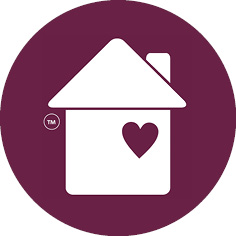A Moment of Reflection...
- How can you incorporate strengths-based theory into the team you currently work in? Are you already doing this?
- What different kinds of diversity affect the way that your team works? Gender, age, education, culture, etc.
Share your reflections in the comments section at the bottom of this page.

